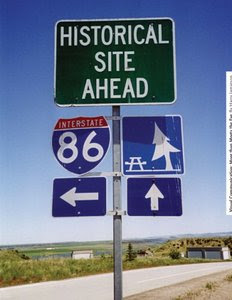Note
- 'As a film, it is one of complex visual patterns and rhythms - of film image, of nature, of machines, of actions, of social behaviour, of bodies. It is also one of rhymes and metaphors and of the film-maker as a magician (revealing his tricks). It is in the film's inseparable aspects of graphic forms, editing and visual semantics that it stands apart.' (pg. 35) - Look at patterns in compositions, evoking certain messages.





